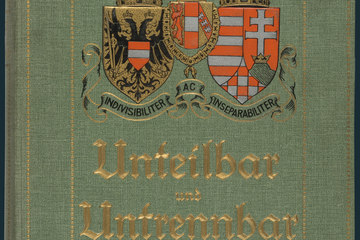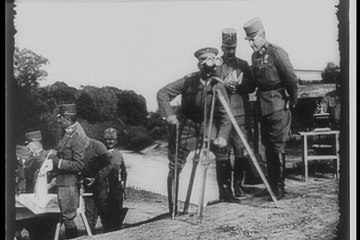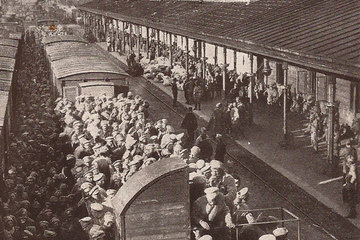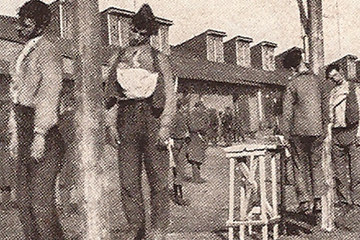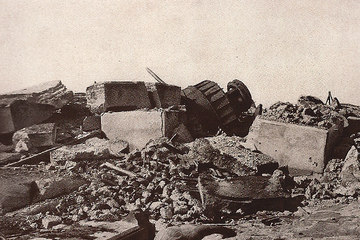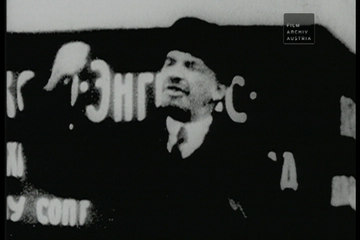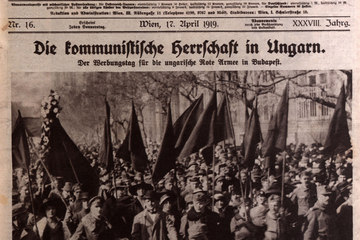The Eastern Front
Most attacks in 1914 turned to failure. Still, there were quite a few territorial gains on the Eastern front, for example as part of the German-Austrian breakthrough near Tarnów-Gorlice in 1915 or during the Russian ‘Brusilov Offensive’ in 1916. However, military success did not save the belligerent powers from having to undergo a crucial internal test. In the spring of 1917 the Tsar of Russia was overthrown, resulting in major destabilisation of the country. Profit from this was gained by the Bolsheviks, who only saw the sought-for peace with the Central Powers as one of many stages in a ‘world revolution’. In many cases peace did indeed remain an illusion. Especially the Treaty of Brest-Litovsk of March 1918 showed Germany’s hegemonic ambitions for Central Europe. The creation of a stable order in the conquered territories did not materialise. The nature of the conflict in the East changed from a regular war between the empires to a mixture of ethnic rivalries, ideological and social tensions, as well as civil wars and wars of intervention.


